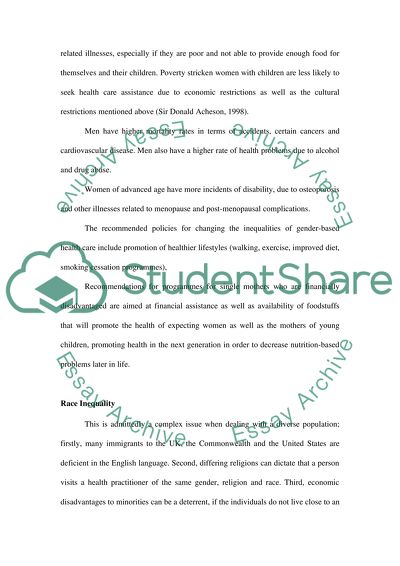Cite this document
(“The NHS and Inequality Essay Example | Topics and Well Written Essays - 2500 words”, n.d.)
The NHS and Inequality Essay Example | Topics and Well Written Essays - 2500 words. Retrieved from https://studentshare.org/health-sciences-medicine/1505894-the-nhs-and-inequality
The NHS and Inequality Essay Example | Topics and Well Written Essays - 2500 words. Retrieved from https://studentshare.org/health-sciences-medicine/1505894-the-nhs-and-inequality
(The NHS and Inequality Essay Example | Topics and Well Written Essays - 2500 Words)
The NHS and Inequality Essay Example | Topics and Well Written Essays - 2500 Words. https://studentshare.org/health-sciences-medicine/1505894-the-nhs-and-inequality.
The NHS and Inequality Essay Example | Topics and Well Written Essays - 2500 Words. https://studentshare.org/health-sciences-medicine/1505894-the-nhs-and-inequality.
“The NHS and Inequality Essay Example | Topics and Well Written Essays - 2500 Words”, n.d. https://studentshare.org/health-sciences-medicine/1505894-the-nhs-and-inequality.


